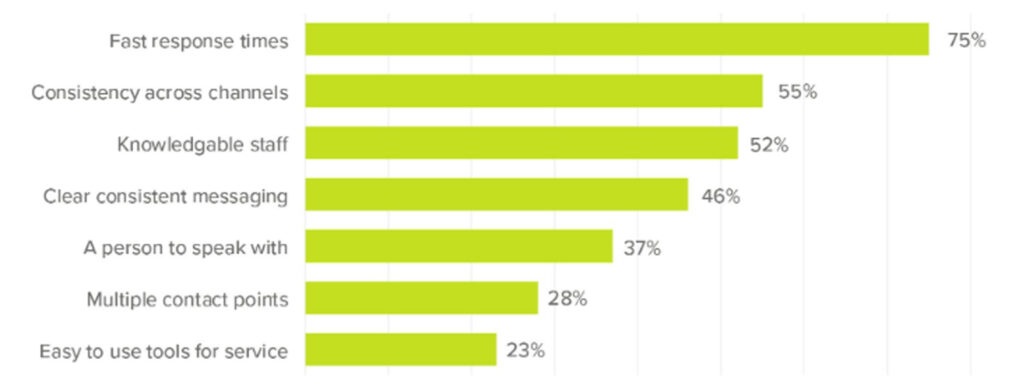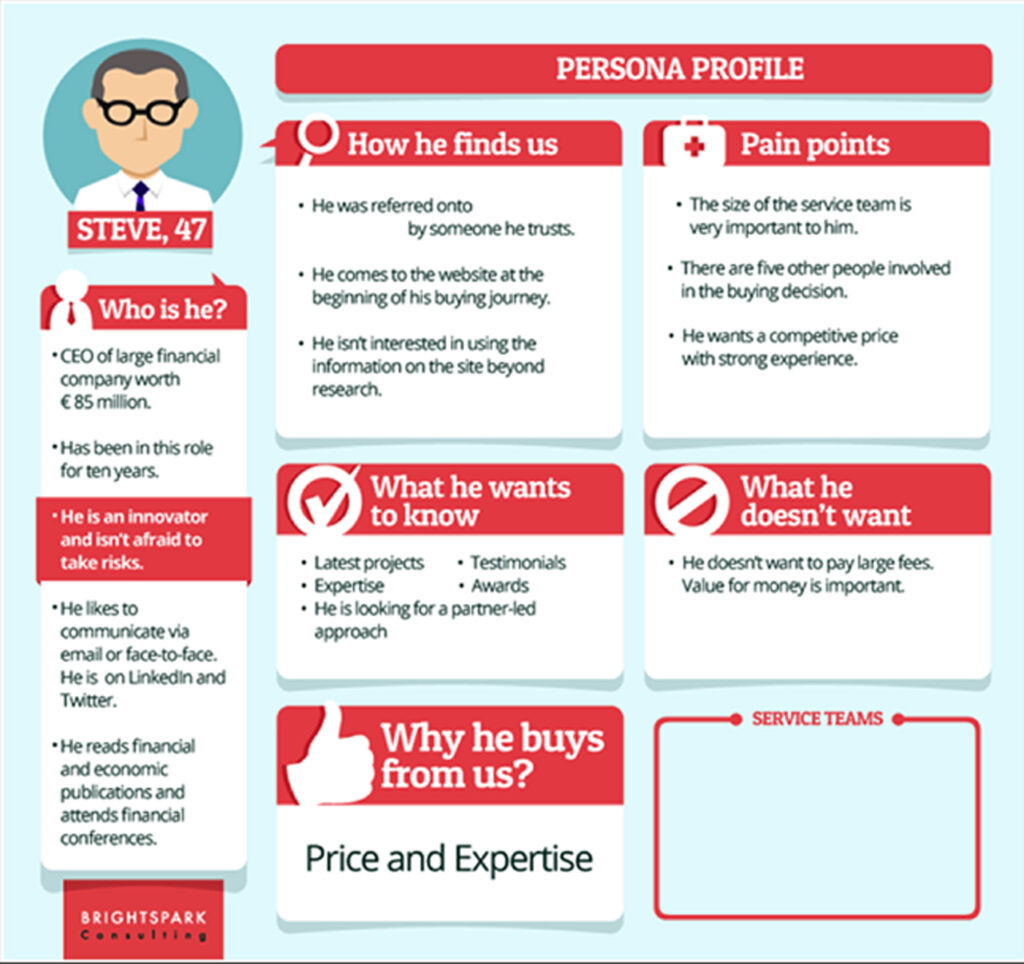Today’s buyers expect to receive custom content that meets their specific needs. Businesses must develop content for pain points to stand out from the competition and attract new customers.
The advent of the internet has empowered consumers to research the solutions that most effectively solve their problems. As a result, they’re more discerning when making a purchase decision. Sixty-six percent of buyers in today’s market insist that companies anticipate their needs and expectations. Content marketing for manufacturing companies is an important way to connect with an audience and target them with relevant and useful information. This helps drive website traffic for manufacturing companies and convert prospects to customers.
Keep reading to learn about how to build your business and generate more revenue with content for pain points.
Key Takeaways:
- Customer pain points are frustrations or issues people have during their customer lifecycle.
- Pain points typically revolve around money, efficacy, process, or customer support.
- Identify customer pain points through surveys, keyword research, and monitoring chat threads.
- Custom content allows you to align your message with the unique problems of each prospect.
- Create custom content for pain points by identifying frustrations, understanding your customer, and creating personalized content that resonates.
What Are Customer Pain Points?
During a customer lifecycle, people can encounter various issues, problems, or frustrations that lead them to or away from your business. These customer pain points generally fall into one of four categories:
- Finances: The cost of a product or service is too high, or the buyer perceives that it lacks value for the price.
- Productivity: A solution doesn’t effectively address their problem.
- Process: Your website isn’t intuitive, or the steps for purchasing the product are too complicated.
- Support: Shoppers cannot get the answers they need to gain the confidence to commit to a purchase.

Customers who encounter these issues may abandon their shopping cart or leave negative reviews about their experience. If a shopper finds solutions to these pain points, you can persuade them to become a paying customer. So, it’s important to identify these issues and provide useful solutions that result in a positive experience.
How to Identify Customer Pain Points
The best way to discover your customers’ pain points is to ask them. Conduct surveys to find areas where your business can improve. These responses can let you know where you’re succeeding, and they can reveal ways your competitors are failing. Fill in these gaps with solutions that address unmet needs.
Conduct keyword research to see what phrases people are using to search for solutions to their problems. When you identify the questions people are asking, you can provide answers and set yourself apart from the competition.
Monitoring chat threads and social media forums can provide invaluable insight into your customers’ needs. You can see what people are saying about your company and your competitors. You can also learn about their frustrations and problems as they seek answers from others. Not only does this help you realize customer pain points, but you can also identify potential customers who could benefit from your offerings.
The following video provides four steps to identifying your customer’s pain points so you can offer relevant solutions:
Video Source: The Pitch Queen on YouTube
How Does Content Help Solve Pain Points?
Once you’ve identified your customers’ problems and frustrations, you can create custom content for pain points that specifically addresses unique concerns. Through content, you can provide expert information backed by facts and data that answer questions and prove authority.
Blog articles can be excellent resources for your customer base, as you can link to other reputable and dependable information to provide further answers to their questions. Social media posts provide highly shareable solutions so people can easily forward them to their contacts.
Optimizing your web content based on keywords and feedback can help you provide an interface that’s easy to navigate, guides people to the specific information they seek and delivers a smooth transaction. All of this helps to give people the positive customer experience they want and expect.
Custom content allows you to address your customer’s pain points by recognizing and empathizing with their issues. Your material can also guide them through possible solutions until, eventually, you can eliminate the pain point. Personalized content enables you to align your message with the unique needs of your audience and provide valuable solutions to individual problems.
How to Create Content for Pain Points
Content can be a powerful tool for mitigating customer frustrations. Create content for pain points in three main steps.
Step 1: Conduct Research
Everyone’s customer journey is different, so it’s vital to know what experience your shoppers are having. Ask customers to provide feedback. Check with customer service team members to learn what input they’re receiving from their customer interactions.
Track website metrics to learn the usability and functionality of your site. Are you providing website must-haves for manufacturing companies? Are users and search engines satisfied with your SEO basics for manufacturing and industrial companies?
This information can reveal the pain points your customers are experiencing and can shape your content marketing campaign for the best results.
Step 2: Create Customer Personas
Armed with the information from your research and metrics, you can begin to create audience personas to identify your ideal customer. Customer personas can include:
- Demographics
- Psychographics
- Behaviors and habits
- Preferences
- Goals
- Pain points
Identify your particular audience members to better understand what kind of content would resonate for maximum impact. Use customer personas to build content that delivers the right message to the right people at the right time through the right channels.

Step 3: Create Custom Content
Once you know who your audience is, you can begin to create custom content that speaks to their particular situation. Consistent, personalized content ensures you’re delivering relevant solutions that build:
- Awareness: People will come to know you as a dependable resource, which strengthens brand marketing for manufacturing companies.
- Trust: Your relevant, expert solutions will keep your audience coming back for more.
- Reach: As people appreciate your content, they’ll share it with their contacts to broaden your reach and drive more traffic to your site.
For help in creating a custom content roadmap, consider implementing a content matrix. This can help you identify pain points, potential solutions, possible content ideas, and how to use that material to move customers through the sales funnel. A content matrix ultimately enables you to align pain points with solutions to help create and distribute effective content for optimal results.
Create Content That Resonates
Shanahan Strategy follows marketing trends for manufacturing companies to build strategic digital marketing campaigns that can lead to growth and revenue.
Contact Shanahan Strategy today to learn how we can help you create custom content that resonates.

